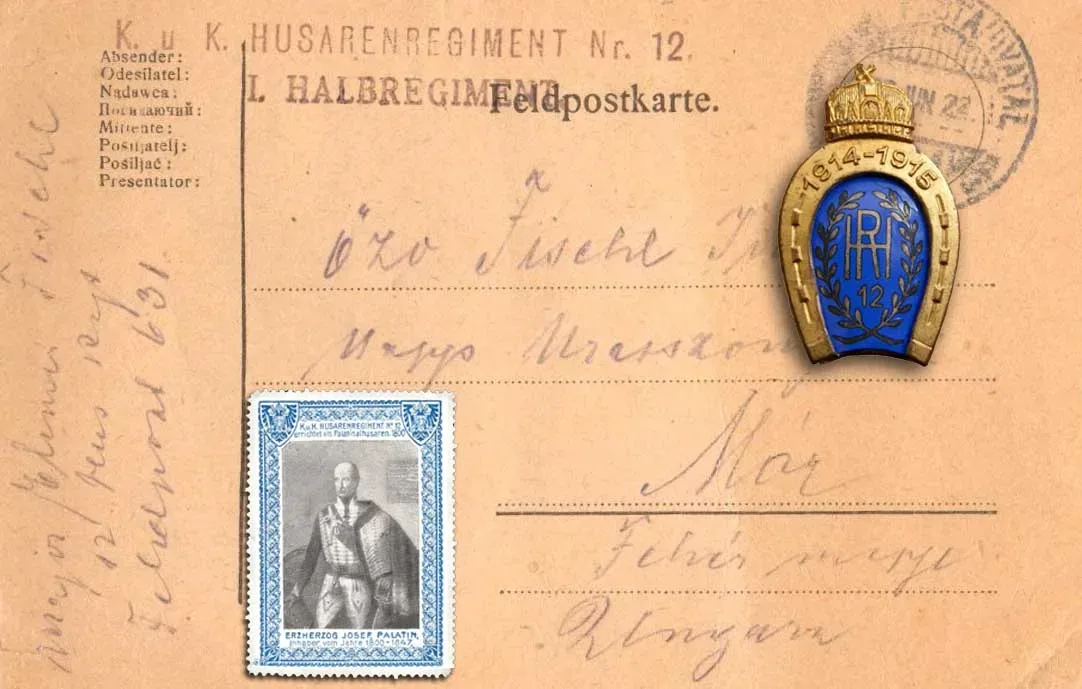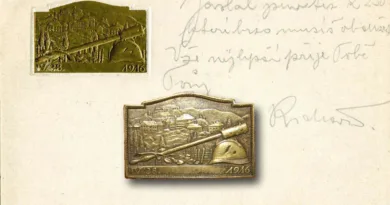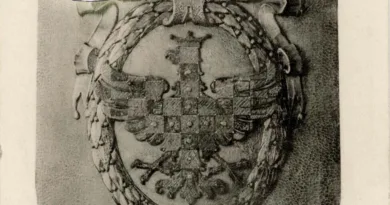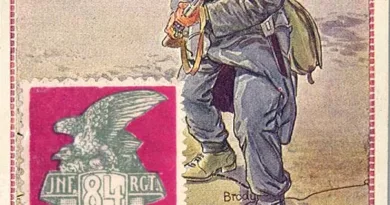12th Hussar regiment
Looking back, cavalry in the conditions of the Great War seems incredibly outdated. In times of devastating artillery attacks, trench infantry, how can cavalry be used? Surely not on horseback, getting off a horse all the more so!
In 1915, the cavalry regiments and divisions of the Monarchy began to be converted into infantry units. The biggest role in this transformation was the loss of the horses. We must not forget that the movement of the materials and the towing of artillery at that time were almost exclusively carried out by means of horse-drawn carriages. The cavalry soldier could not be entrusted with a very meaningful task, so his horse could be used for other purposes where the animals were indispensable.

The command of the cavalry units was adjusted to the classification of the valid auxiliary districts. Thus, the 12th Hussar Regiment was part of the 7th Cavalry Brigade and the 1st Cavalry Division, which in turn was part of the VI. Corps (with Kassa headquarters). From 1915 they belonged to the Hauer cavalry corps. Here, in addition to a company of cavalry hussars, most of the cavalry were organized into rifle squads (infantry troops). The 1st cavalry division was later reassigned to other corps. During the critical period of the second half of 1916, they were active on the Transylvanian front. In 1918, they were transferred to the Italian front, where they took part in the great offensive in the summer. After that, they acted as “peace keepers” in Ukraine, and then they were stationed in Transylvania again.

On the letter seal is a picture of the first owner of the regiment, Archduke Joseph, palatine of Hungary until 1847. The regiment had no owner at the time of the outbreak of the Great War, so he was put on the stamp. I put the regiment’s beautiful enamel badge on a contemporary postcard.




